Planting a tea garden
Jun 03, 2021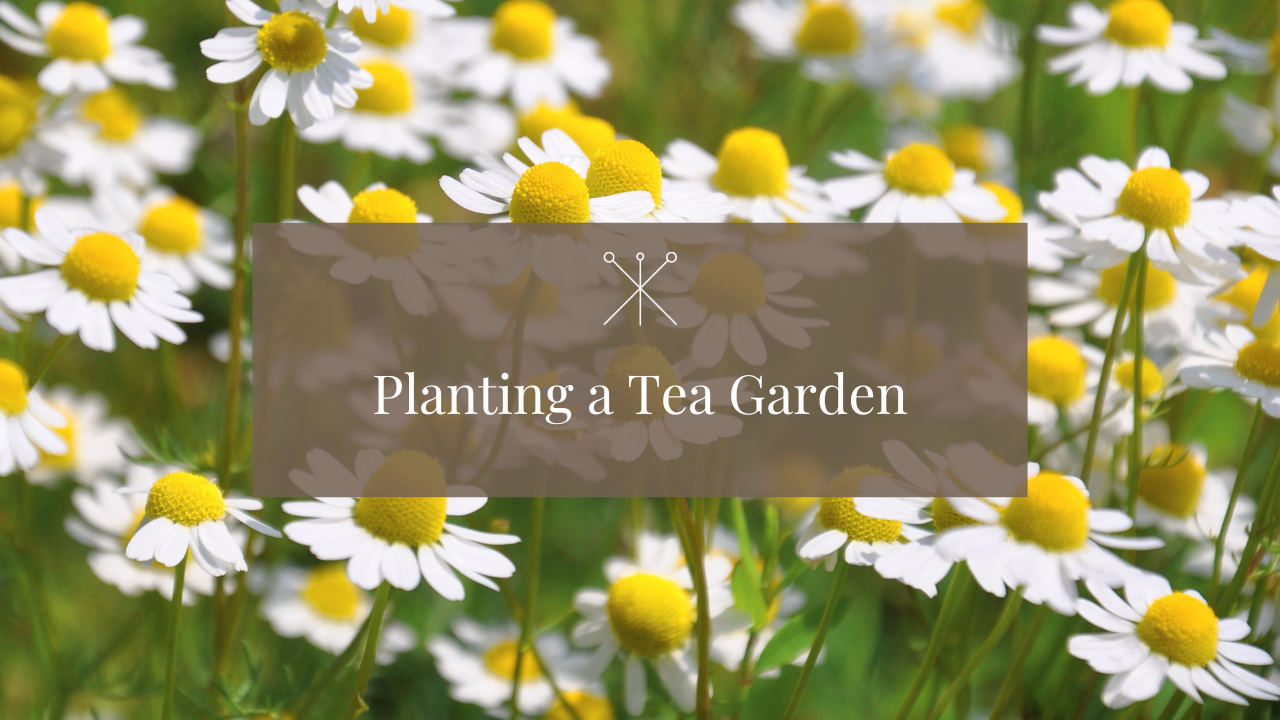
As the weather warms up and we embrace the outdoors I am spending more time hanging out in my veggie garden.
This year I will be including in my vegetable garden herbal plants to make fresh herbal teas. Herbal teas can be a great way to include some positive health benefits as well as prettying up the garden by the inclusion of flowers to attract pollinators.
Practical, as well as beautiful, I will be following companion planting guidelines and will be strategically placing the herbs near vegetables that will benefit from their presence.
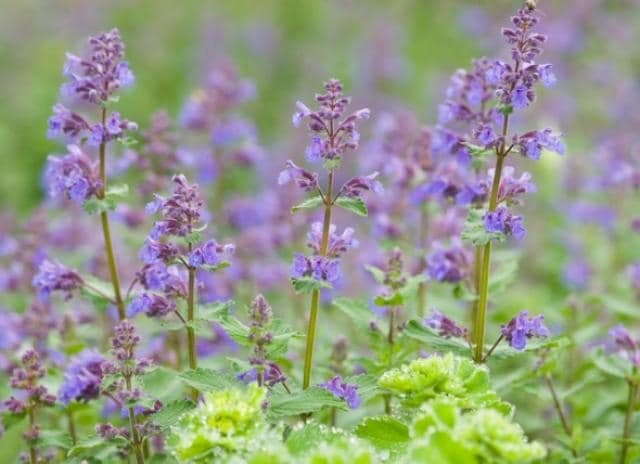
Catnip
It's not just a herb for cats!
Catnip leaves and flowers can be brewed into a tea that is purported to help promote relaxation and reduce anxiety. Allegedly Catnip tea tastes similar to mint but earthier and with slight cirtusy notes.
It also has beautiful purple flowers which will attract bees and butterflies into the garden.
The potent oils in catnip are unpleasant to many insects and using catnip as a companion in the vegetable garden can help protect the plants from insect damage without having to resort to dangerous chemicals. Some plants to grow with catnip include: Collards, Beets, Pumpkin, Squash, Broccoli, Cauliflower, Potatoes.
It is also said that the powerful scent of the herb also seems to repel mice and voles, so that's good to know!!

Chamomile
Chamomile is a good go-to tea just before bedtime because it is said to promote sleep and treat insomnia.
But studies are also finding that Chamomile has so many other benefits, including reducing menstrual pain, slowing or preventing osteoporosis, reduce inflammation and soothe skin sensitivities.
There are two main types of chamomile: German and Roman. The German variety is best for tea.
Its good to plant near onions to improve their flavour and is an excellent companion for Brassicas, lettuce, and radishes.
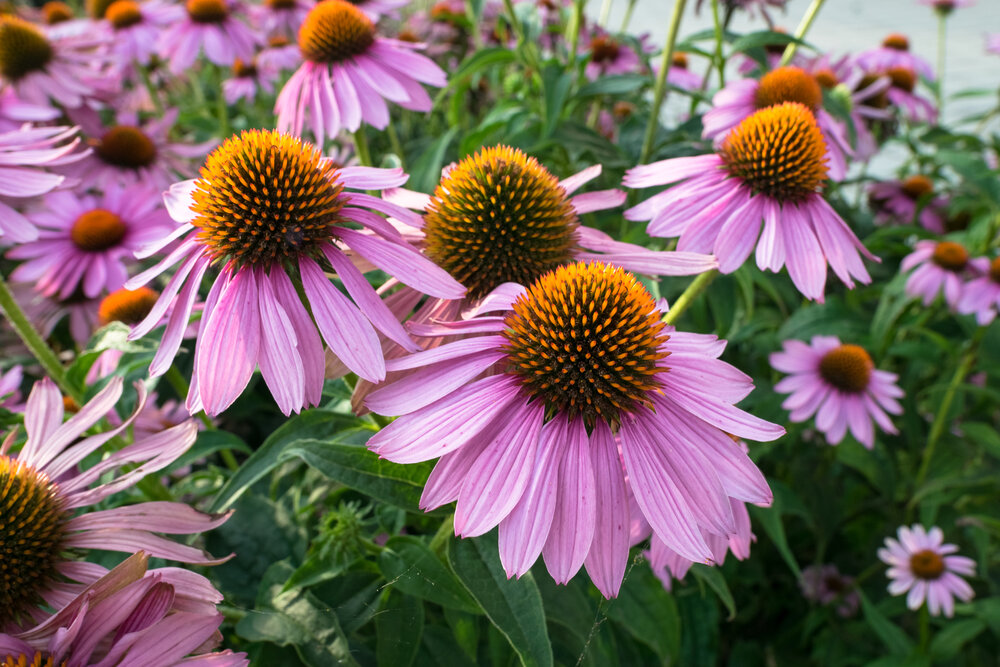
Echinacea
Echinacea is a genus of flowering plants in the daisy family and a common ingredient in cold remedies. It is said that Echinacea tea can help to boost your immunity and fight off colds and flu and studies have shown that it can increase white blood cell production which fight infection.
Echinacea tea has a strong floral taste which many people like to pair with a sweetener like honey or stevia (which you can also grow!).
These perennial coneflowers attract hoverflies and parasitoid wasps, so they're useful for pest control in companion plantings.
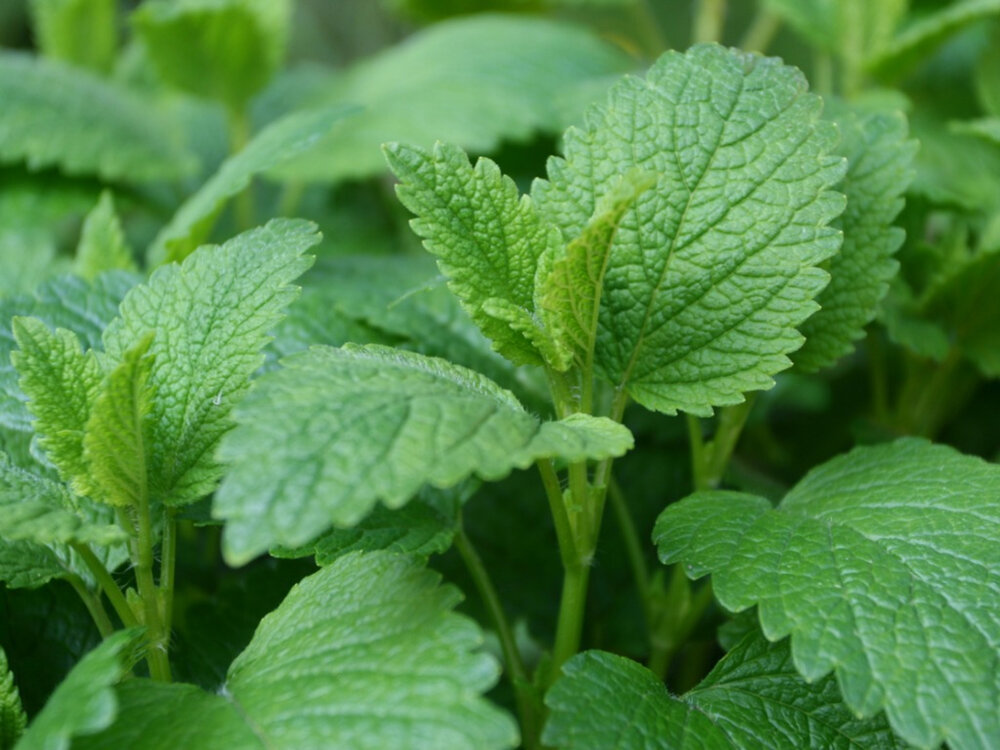
Lemon balm
Lemon balm is a perennial herb that grows best in cool weather. It has lemon-scented, mint-like leaves that are often used to make refreshing, lemony hot and cold drinks. The leaves also add a tart lemony flavor to green and fruit salads as well as meats and poultry.
Lemon balm has a citrusy, slightly minty taste that makes for a delicious tea. It is also thought to have stress-reducing properties, so sip this when you need to calm your mind.
You can grow lemon balm with broccoli, cauliflower, and other cabbage family plants because the fragrance of lemon balm helps deter insects that attack cabbage family crops and also masks the smell of cabbage.
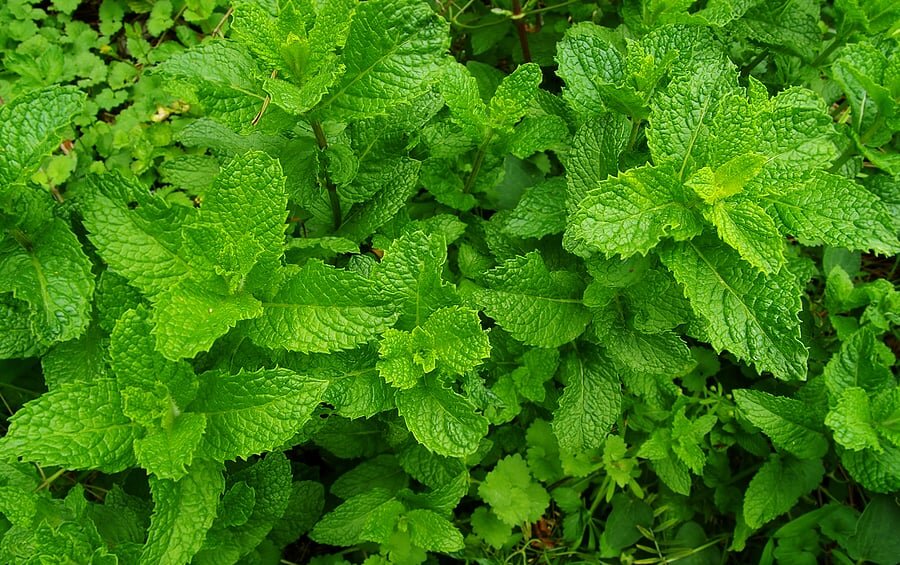
Mint
This herb is one of the most popular for tea, and it’s no wonder why. The comforting flavor of mint tea is perfect for a hot drink on a cold day. It can help soothe a sore throat and is thought to improve sleep.
You can plant mint with asparagus, carrots, celery, cucumbers, onions, parsley, peppers, and tomatoes, but you do need to keep in mind that this herb can be invasive, so it is recommended to grow this in a pot with a saucer underneath it so the roots do not escape.
The sharp fragrance of mint repels insect pests; the flowers attract beneficial insects.
Resources
Catnip - https://gardentherapy.ca/herbal-tea-garden/
Chamomile - https://www.medicalnewstoday.com/articles/320031#who-should-avoid-chamomile-tea
Echinacea - https://www.webmd.com/cold-and-flu/cold-guide/echinacea-common-cold#1
Lemon Balm - https://harvesttotable.com/how_to_grow_lemon_balm/

